Point of Care Ultrasound for the Field
In the past few decades, point of care ultrasound (POCUS) has become standard in most emergency rooms and trauma bays. The use of POCUS has been shown to reduce mortality and morbidity while improving triage in critically ill patients.POCUS has also seen an increased use in hospitals as well. Anesthesiologists are using POCUS for line placement, regional blocks and now for endotracheal tube placement. In the ICU, POCUS is being used for most invasive procedures and in the diagnostic work up of patients. In the operating room, surgeons are using ultrasound to guide them during surgical procedures. Nursing staff have also incorporated ultrasound into their physical assessment of patients. POCUS allows visualization of internal structures and identification of pathology in real time with no deleterious effects for the patient.Recently, numerous medical schools including Harvard have developed dedicated curriculum for training medical students solely in the use of POCUS for physical exams. While this revolutionary training has not become the norm, the early data suggests that medical students trained in POCUS are better clinicians than their conventional counterparts. Will POCUS replace the stethoscope in the doctor’s handbag? The early data says yes.Until recently, the cost and training required to use POCUS has inhibited its expansion into the field. The cost for handheld units has decreased significantly in recent years and smartphones allow everyone the ability to carry a computer at all times. While training remains a hurdle, advances in technology and the overwhelming benefit it provides seems to have overcome this issue.Over the next decade, the editor predicts POCUS will become ubiquitous in all hospital areas and will see exponential growth in the prehospital setting. Currently, ultrasound guidance is standard for line placement and is increasingly being used for other bedside procedures. Furthermore, early trauma, sepsis, stroke and cardiac interventions have shown dramatic reduction in mortality and morbidity for all patients. Ultrasound imaging in the field allows for early triage, better use of limited resources, and better patient outcomes. These results will be the driver for POCUS use in the prehospital setting.This book is a hands-on field manual on the basic techniques of POCUS and the technical details that are required to incorporate POCUS for established first responders. The book also reviews the anatomy and physiology of many emergency situations while highlighting the role of POCUS in the treatment of the emergent patients. The authors include world experts in POCUS and have extensive experience in the development and use of POCUS in the field. In many situations, the authors provide tidbits from years of experience that may assist first responders in their job. Finally, the authors highlight many of the new techniques and technologies that continue to evolve that will change how POCUS is used in the future.We strongly recommend this book for all first responders and any person who is involved in patients in the prehospital setting or the emergency room. It is an excellent primer for anyone interested in learning how to perform ultrasounds or wanting to improve the outcomes for their patients.
{{comment.content}}
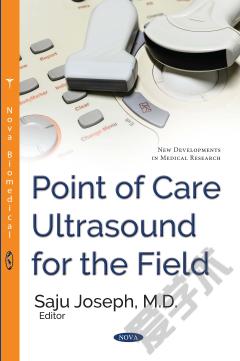

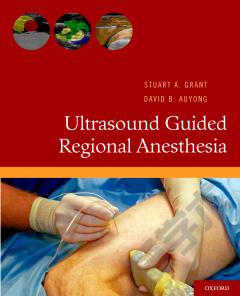
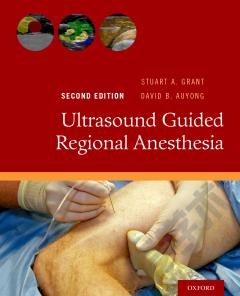
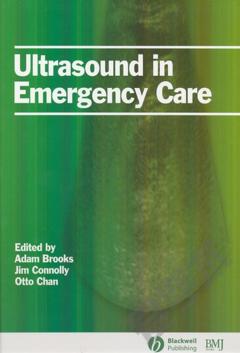
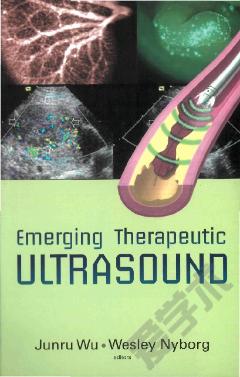


 京公网安备 11010802027623号
京公网安备 11010802027623号